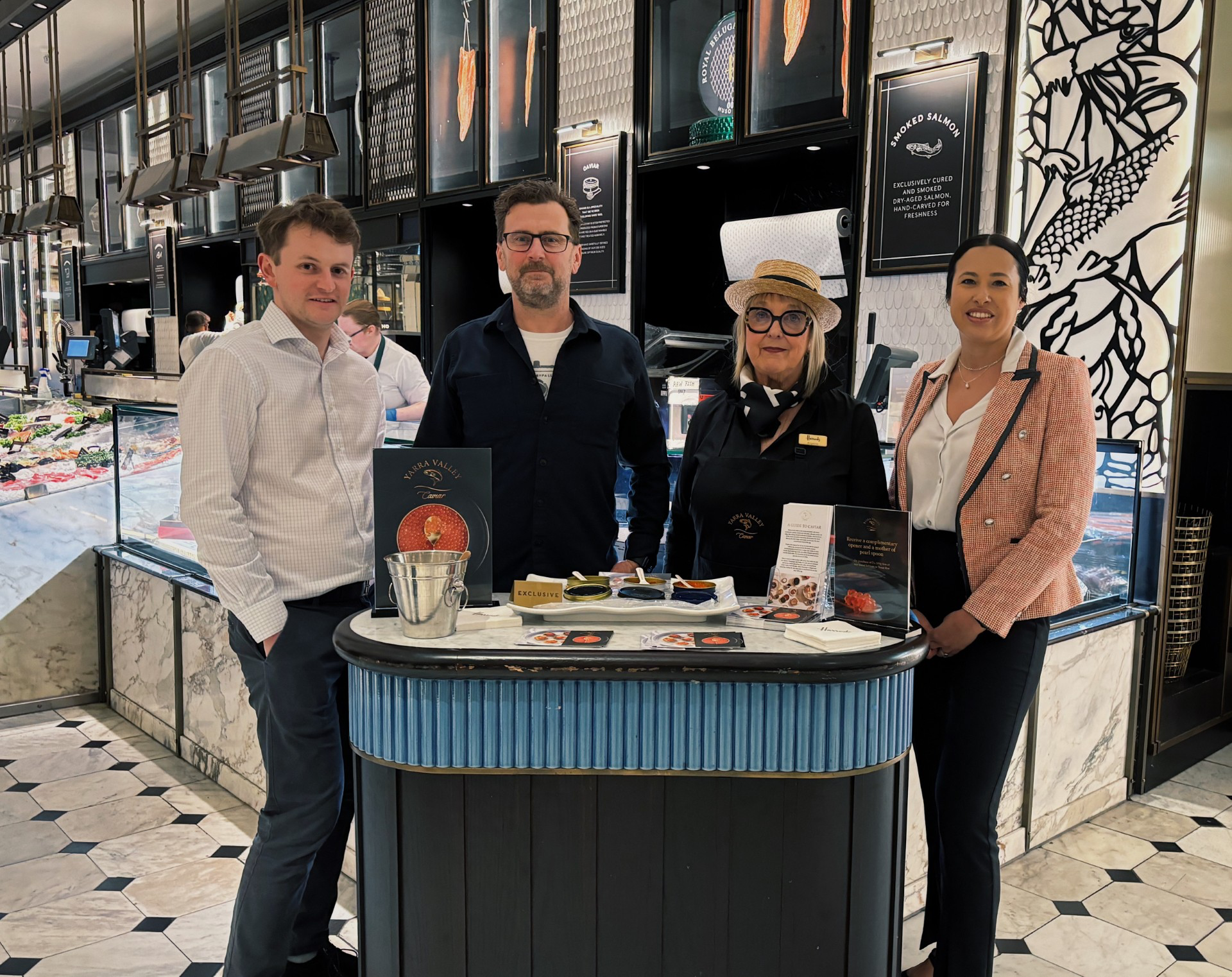There has been a dramatic upswing in the number of students training to become technology teachers at the University of Canterbury after a new entry system launched this year.

University of Canterbury students (back row from left) Gareth Wynne, Peter Le bon, Andrea Eves Corey Townsend and Josh Pendreigh. Front row from left are Eamon Maze, Lara Stunzner, Nathalie Lacaze Campbell and Ben Bisley. All have been accepted into the Graduate Diploma of Teaching and Learning (Secondary) under a new entry pathway allowing people without a degree to become qualified technology teachers.
University of Canterbury student Lara Stunzner
Te Whare Wānanga o Waitaha | University of Canterbury (UC) has responded to a nationwide shortage of technology and te reo teachers by piloting an Alternative Entry Pathway (AEP) for high quality applicants in these subjects.
People with at least five years of relevant work experience in technology or te reo and an aptitude for teaching can be accepted into the Graduate Diploma in Teaching and Learning (Secondary) without the usual academic requirement of an undergraduate degree.
The new entry pathway has led to a big rise in the number of students training to become technology teachers.
Ten technology teacher trainees are studying at UC this year after being accepted under the new criteria, bringing the total number of student technology teachers to 21, more than three times last year’s total of six.
There are also two students studying to become secondary school te reo teachers this year who have enrolled through the AEP.
UC Faculty of Education Lecturer and Technology Course Co-ordinator Ceri de Boo says there is a huge shortage of technology teachers – including materials, food, design and visual communication (including product design) and digital technology – in Aotearoa New Zealand.
“Last year there were about 93 people working with Limited Authority to Teach in technology spaces around the country, meaning they don’t have a teaching qualification, because the school couldn’t fill the position with a qualified technology teacher,” she says.
“I feel very passionate about the importance of training more technology teachers. We wanted to make that happen for people who might not normally be able to take on study at this stage of their lives, and who need some flexibility and support to be able to do that.
“Most of our students this year have between five and 20 years of work experience, they’re mostly people in their mid-40s who want to become teachers as a career change. Some of them have been involved in sport coaching or they’ve worked extensively with apprentices and now want to work with secondary students,” de Boo says.
UC is making sure students are given support in order to succeed in the programme.
“We’ve put systems in place to help people coming through under the new entry pathway because we want them to achieve, gain their qualification and become effective classroom teachers in schools around the country,” de Boo says.
She has a weekly online meeting with the students to find out how they’re going and offer support, which she says is part of UC’s whanaungatanga value – looking after and working alongside people.
“Many of them are working and have families and they’re studying part-time so we need to take a holistic approach for each individual.”
Feedback from the students so far has been positive. “Lots of them are saying they’re really enjoying the chance to learn how to translate their skills and what they already know into the classroom setting. It’s challenging them in really great ways.”
De Boo says secondary schools are very positive about the new pathway because they are acutely aware of the challenges of recruiting qualified technology teachers. UC has also been working closely with the New Zealand Graphics and Technology Teachers of New Zealand (NZGTTA).
University of Canterbury Education Faculty Senior Lecturer Te Hurinui Karaka-Clarke says the new entry system is a “great initiative” and a positive step towards addressing the need for more te reo Māori secondary teachers.
“We are currently the only university offering entry to a Graduate Diploma of Teaching and Learning without requiring an undergraduate degree. However, we do plan to tweak the pre-entry academic requirements to make the course even more accessible and boost the number of people training to teach te reo Māori.
“I think there’s a fear of the unknown for people who haven’t experienced university life before and they don’t know what to expect,” he says.
To better accommodate the needs of students using the alternative entry pathway, UC School of Education is offering the technology and te reo teaching qualifications by distance learning as well as in person. Students for these two subject areas also have the option to complete the graduate diploma either by studying for one year full-time or two years part-time.








